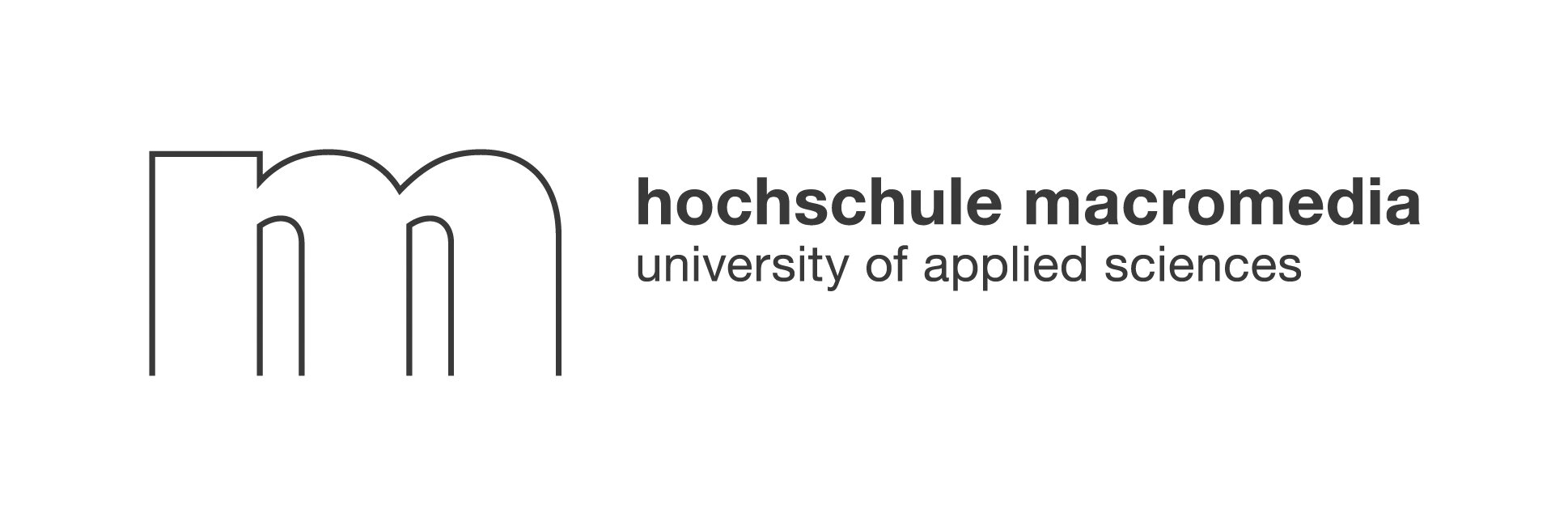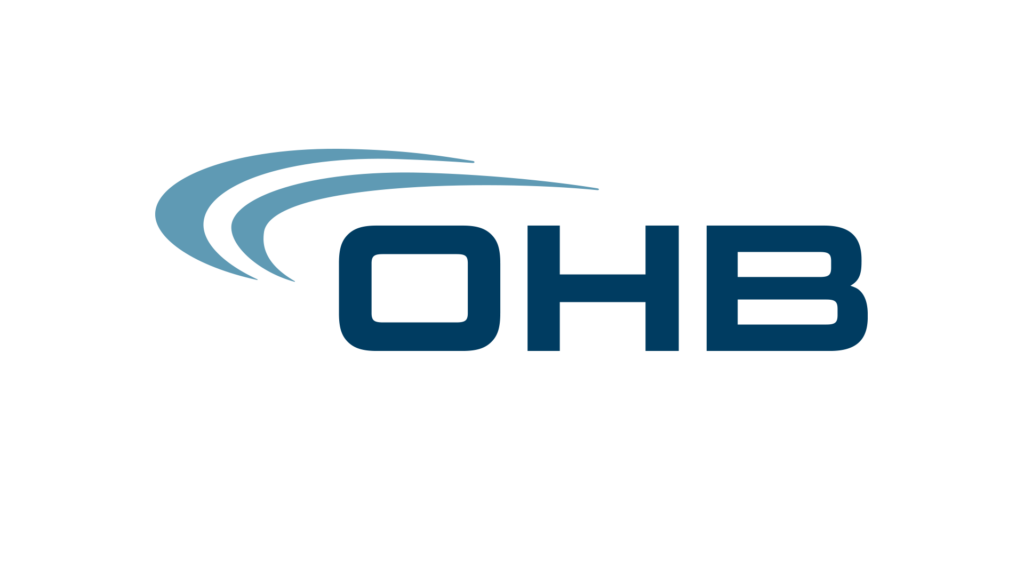Loneliness at work isn't just a personal problem—it's a silent epidemic impacting health, engagement, and business success. As organizations navigate hybrid and remote realities, many leaders are urgently searching for how to combat loneliness in the workplace. Yet, traditional solutions like generic team-building events or forced office returns often fall short, leaving employees feeling more disconnected than ever. So, what actually works? And how can modern teams foster authentic connections that stick, especially in a world of Zoom fatigue and shifting work patterns? Let's explore the real roots of workplace loneliness and discover actionable, AI-powered strategies that are revolutionizing how teams connect.
Why Workplace Loneliness Is Rising
From Bowling Alone to Zoom Fatigue: Societal Shifts Driving Disconnection
Workplace loneliness isn't new, but its causes have evolved. In the early 2000s, sociologist Robert Putnam's book Bowling Alone warned of shrinking community ties—people were spending less time in clubs, churches, and neighborhoods. This trend of social fragmentation seeped into workplaces, long before remote work became the norm.
Fast forward to today, and digital communication has replaced many face-to-face interactions. Hybrid and remote setups, while flexible, can leave employees feeling isolated behind screens. The rise of social media has further blurred the line between connection and genuine belonging, especially for Gen Z and millennials. Even in bustling offices, it's possible to feel alone if meaningful relationships are missing. For more insights on managing these challenges, explore our guide on hybrid work best practices.
Just skipping to in-person and hoping that somehow people re-bond is wrong. A forced return to the office with tremendous employee resistance can create that alienation that will increase loneliness.
— Constance Hadley, organizational psychologist, Boston University
Key Statistics That Show the Trend Isn't New
The numbers reveal a long-standing issue:
- Nearly half of U.S. adults reported experiencing loneliness even before the pandemic, according to the U.S. Surgeon General's 2023 advisory.
- Cigna's Loneliness Index found that 61% of adults felt lonely in 2019, a 7% increase from the year before.
- Among Gen Z, over 80% reported feeling lonely pre-pandemic, with remote work compounding the challenge.
These statistics show that to combat loneliness in the workplace requires more than surface-level fixes—it demands a shift in how organizations approach connection. According to Harvard Business Review, organizations that prioritize social connections see a 20% increase in employee satisfaction.
The Hidden Costs: Health, Engagement, and Retention

Physical and Mental Health Impacts
Loneliness isn't just unpleasant—it's a serious health risk. The U.S. Surgeon General equates chronic loneliness to smoking 15 cigarettes a day, linking it to higher risks of heart disease, stroke, anxiety, and depression. When employees lack social support, stress hormones like cortisol rise, impairing cognitive abilities and increasing inflammation.
Mental health suffers, too. Lonely employees are more than twice as likely to experience anxiety and depression. Over time, this can spiral into burnout, substance abuse, and even higher suicide risk. For comprehensive strategies to support mental health in the workplace, check out our detailed guide on mental health in the workplace.
Productivity, Absenteeism, and Turnover
The business impact is staggering. Lonely workers are up to five times more likely to miss work due to stress and are twice as likely to consider quitting. According to Harvard Medical School, stress-related absenteeism tied to loneliness costs U.S. employers an estimated $154 billion annually. Research from Gallup shows that teams with strong social connections are 21% more profitable.
| Impact Area | Consequence | Source |
|---|---|---|
| Health | Higher risk of heart disease, anxiety, depression | U.S. Surgeon General |
| Productivity | Lower creativity, impaired performance, emotional exhaustion | Harvard Medical School, Calm |
| Absenteeism | Up to 5x more likely to miss work due to stress | Calm, Cigna |
| Turnover | 2x more likely to consider quitting | Calm, Harvard Medical School |
| Financial | $154 billion annual cost (U.S., stress-related absenteeism) | Harvard Medical School |
The message is clear: learning how to combat loneliness in the workplace is not just a wellness initiative—it's a business imperative.
Spotting the Signs of Lonely Employees Early
Behavioral Red Flags Managers Often Miss
Managers may not always recognize loneliness, as it's rarely voiced directly. Instead, look for subtle changes:
- Withdrawal from team discussions or social activities
- Declining participation in meetings or online chats
- Increased irritability or disengagement
- Frequent absences or tardiness
- Drop in work quality or missed deadlines
These red flags often signal a deeper need for connection. Addressing them early can prevent long-term disengagement.
Self-Reflection Tools Employees Can Use
Employees can benefit from self-checks. Simple self-reflection tools—like the UCLA Loneliness Inventory or brief online prompts—help individuals reflect on their sense of belonging. Questions might include:
- Do I have someone at work I can confide in?
- Do I feel included in team activities?
- When was the last time I had a meaningful conversation with a coworker?
Encouraging regular self-reflection empowers employees to seek support sooner, making how to combat loneliness in the workplace a shared responsibility.
Culture First: Building Everyday Social Connection
Embedding Belonging in Values and Policies
A culture of connection starts at the top. Organizations serious about how to combat loneliness in the workplace must declare social connection a core value—embedding it in mission statements, policies, and leadership behaviors.
This means:
- Recognizing and rewarding team players, not just individual stars
- Creating explicit norms around inclusion and support
- Training leaders to show empathy and encourage open dialogue
When belonging is woven into the organizational fabric, employees feel valued for who they are, not just what they do.
Designing Spaces—Physical and Digital—for Real Interaction
Workplace design matters. Open-plan offices, once touted as collaboration boosters, can backfire if they discourage genuine conversation. Instead, consider:
- Cozy breakout areas for informal chats
- Quiet nooks for small-group discussions
- Digital "watercooler" channels for remote teams
The goal is to create environments—both physical and virtual—that make authentic connection easy and natural. This is where innovative solutions like Neroia's AI-driven micro-events shine, curating small-group activities that break down barriers and foster real engagement. For more strategies on building these connections, explore our guide on building social connections at work.
Manager Playbook: 8 Tactics to Foster Belonging
How to Combat Loneliness in the Workplace During One-on-Ones
One-on-one meetings are powerful opportunities for connection. Here's an ordered list of best practices for managers:
- Begin with genuine check-ins—ask about well-being, not just tasks.
- Listen actively and validate feelings.
- Share personal stories to normalize vulnerability.
- Encourage employees to express needs or concerns.
- Set collaborative goals that require teamwork.
- Offer opportunities for skill-sharing and mentorship.
- Recognize progress, both big and small.
- Follow up on previous conversations to show ongoing care.
These steps help managers move beyond surface-level exchanges and build trust—a cornerstone of how to combat loneliness in the workplace.
Recognition, Rituals, and Team Norms That Stick
Meaningful rituals and recognition programs reinforce belonging. Consider these ideas:
- Peer-to-peer appreciation notes or "gratitude walls"
- Weekly shout-outs celebrating contributions
- Team rituals (e.g., virtual coffee breaks, shared playlists)
- Rotating "social chair" roles to organize micro-events
When these practices are consistent and authentic, they create positive feedback loops, making connection a daily habit rather than a forced event.
Remote and Hybrid Realities: Keeping Distributed Teams Connected
Asynchronous Communication Done Right
Remote and hybrid teams face unique challenges. Asynchronous communication—messages sent and received at different times—can help bridge time zones and schedules, but it must be intentional:
- Use dedicated channels for casual conversation and interest-based groups.
- Share regular video updates or voice notes to add a human touch.
- Encourage sharing of non-work wins and personal milestones.
The key is to maintain visibility and warmth, even when employees aren't online at the same time.
Virtual Social Events That Don't Feel Forced
Traditional online events often feel awkward or impersonal. Instead, focus on small, interest-based micro-events. For example:
- Virtual yoga or mindfulness sessions
- Online book clubs or cultural exchanges
- AI-curated group chats based on shared hobbies
Neroia's platform excels here, using AI to match employees for activities they genuinely enjoy—like cycling meetups or small-group wellness sessions. This approach transforms how to combat loneliness in the workplace by making connection effortless and personalized, even for distributed teams. For more insights on creating effective employee well-being programs, check out our comprehensive guide on employee well-being programs.
Employees spend more of their waking hours at work than just about anywhere else. Creating community and opportunities for social interactions at work, even for those who work remotely, can help address our current epidemic of loneliness.
— Dr. Jeffrey Levin-Scherz, Harvard Medical School
Measuring Progress and Keeping Momentum

Surveys, KPIs, and Storytelling
To ensure progress, organizations should track both quantitative and qualitative data. Use:
- Regular pulse surveys measuring connection, belonging, and well-being
- KPIs like participation rates in social events or micro-groups
- Collection of employee stories and testimonials
These insights reveal what's working and where to improve, making how to combat loneliness in the workplace a continuous journey.
Continuous Improvement Loops for Connection
Feedback shouldn't end with surveys. Instead, create loops:
- Share results transparently with teams.
- Co-design new initiatives based on feedback.
- Pilot small changes and measure impact.
- Celebrate quick wins and adjust as needed.
This iterative approach ensures that connection strategies evolve with employee needs and organizational culture.
Why Traditional Initiatives Often Fail—and How Neroia Sets a New Standard
Many companies try to combat loneliness with large, impersonal events or one-size-fits-all programs. These often fall short, especially in hybrid environments where participation feels forced or irrelevant. Employees may attend a virtual trivia night or a massive town hall, but leave feeling just as disconnected.
Neroia's vision transforms this paradigm. Instead of generic gatherings, Neroia leverages artificial intelligence to curate micro-events—small group activities, typically with 3–4 participants, matched by interests, schedules, and location. Whether it's a lunchtime yoga session, a cycling meetup, or a cultural exchange, employees effortlessly discover opportunities that resonate with them. For proven strategies to retain employees through better connection, explore our guide on employee retention strategies.
During Neroia's OHB pilot, employees enjoyed AI-orchestrated yoga classes and company runs, coordinated seamlessly via chat. The platform's anonymized analytics help HR understand engagement trends without compromising privacy, ensuring every interaction remains employee-centric and secure.
Neroia's AI-driven platform doesn't just reduce planning friction—it makes authentic connection a natural part of the workday. Employees feel seen, valued, and empowered to build relationships that matter.
Quick Wins for Workplace Connection
5 Simple Ways to Spark Connection Today:
- Start meetings with a personal check-in or fun icebreaker.
- Encourage employees to share hobbies or interests in a dedicated channel.
- Rotate responsibility for organizing micro-events or social breaks.
- Acknowledge contributions publicly, both big and small.
- Use AI-driven platforms like Neroia to match employees for interest-based activities.
Top Features of an Effective Social Benefits Platform:
- AI-powered matching for small-group activities
- Seamless integration with existing HR programs
- Anonymized analytics for privacy and insight
- Flexible options for in-person and virtual participation
- Employee-centric design prioritizing ease and engagement
Embedded Media
Conclusion: The Future of Connection at Work
Workplace loneliness is complex, but not inevitable. By understanding its roots, spotting the signs early, and prioritizing culture and authentic connection, organizations can create environments where everyone feels they belong. The future belongs to teams that embrace how to combat loneliness in the workplace with creativity and empathy.
Neroia stands at the forefront of this movement, revolutionizing workplace culture with AI-driven, personalized micro-events that foster genuine relationships, boost well-being, and drive business success. For organizations ready to break silos and cultivate vibrant engagement, Neroia is the trusted partner to make meaningful connection effortless—today and for years to come.




